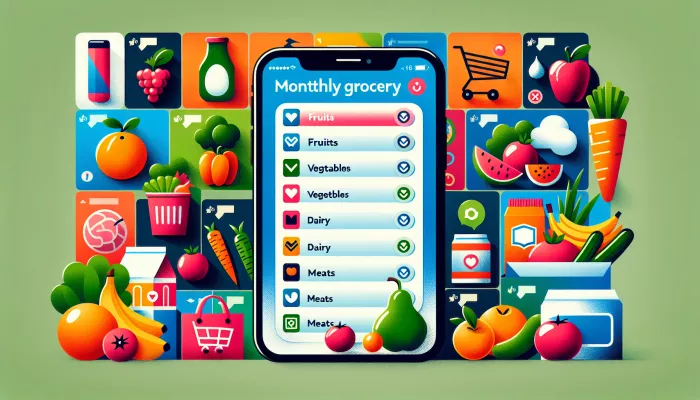
Analyzing spending by people in different countries can give us valuable insights into cultural patterns and economic priorities.
From food and housing until education and recreationThe types of spending can vary widely from country to country. Let's take a look at some examples:
Currently per capita income of a country can have a significant impact on personal spending.
Therefore, countries with a higher per capita income tend to spend more on non-essentials and luxury items, while countries with a lower per capita income may spend more on basic necessities.
When analyzing spending per person in different countries, it's important to consider a variety of factors.
Understanding these differences can help create a more complete picture of global spending patterns and offer valuable insights into how different cultures value and use their resources.
Cutting costs at home can seem like a challenge, but with a few basic guidelines, you can make significant changes. Here are some tips that can help.
The first step to reducing per-person spending at home is to establish a budget.
Having a clear plan of how much money you are willing to spend each month can help control unnecessary spending.
Avoid making impulsive purchases.
Firstly, another way to reduce costs is to minimize energy use at home.
Turn off the lights when you're not in a room, minimize the use of heaters and air conditioning, and opt for energy-efficient appliances to save on your electricity bill.
There are many apps and websites available that can help you track your spending and identify where you might be overspending.
Some good examples are Mint, EveryDollar, and PocketGuard.
These apps will give you a clearer picture of where your money is going and where you can save it.
Therefore, reducing spending per person is perfectly possible with the right strategies. By following these tips, you'll be on your way to living more economically.
First of all, understanding the impact of spending per person on the global economy is crucial for analyzing economic movements on a larger scale.
Let's see how these individual expenditures impact the global economy.
However, understanding the average spend per person is essential for anticipating market trends and production needs.
Personal spending is, in many ways, an economic multiplier. Every dollar spent by an individual potentially turns into income for another person or company.
This creates a domino or chain effect in the economy, with the power of individual spending amplified collectively.
Therefore, we cannot ignore the inequality in the distribution of spending. In many countries, consumer spending is highly concentrated among the richest segments of the population.
However, this can lead to unbalanced economic growth and increasing income disparities.
However, another aspect to consider is the sustainability of personal spending.
As awareness of climate change grows, many are rethinking their consumption patterns.
Understanding how spending per person impacts global resources is a key element in this discussion.
Detailed data and analysis on spending per person in different countries can be found on the following websites/applications:
- Numbeo
- Statista